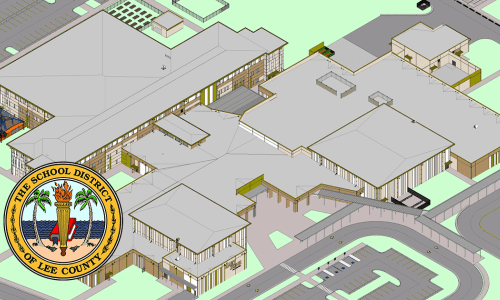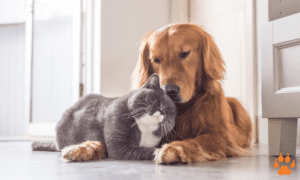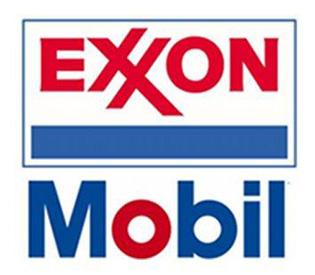By: Joe Maguire
As a young child, the pinnacle of important conversation comes up, “What is your favorite color?”
This question, while seemingly simple through the rear view of history, forms our earliest understanding of choice, social consequence, and different opinions. What is my favorite color, and the more important question, Why is it my favorite color? Does my best friend like blue? Should I change my answer to blue?. Do I even understand why I like blue (the why). Can I change my answer now or later, why should I change it, does that mean I was wrong or did my perspective just change.
These nuances, while not necessarily fleshed out at the early childhood stage, are present and formative. What isn’t often present is the divisiveness that comes with difference/division. I like blue and you like red, so I don’t like you anymore.
Division is a separation of opinion or feeling, while divisive is defined as creating dissention or discord. In the context above, Sammy and James both like blue, Joe likes red. Sammy and James are sitting at the same lunch table, Sammy tells James that if Joe doesn’t like blue, he can move tables and not sit with them. Instead of accepting that difference of opinion is normal and ok, Sammy seeks something more. He seeks to separate, thus moving from division to divisiveness.
At a recent Lee County School Board meeting, School Board Member Melissa Giovanelli, responding to public comment about the placement of new high school NNN, stated that if people didn’t want to live near the new school they could move. This comment./approach is WRONG – FULL STOP.
Election to public office is a form of public service.
- Responsibility to the public: Elected officials are entrusted with the responsibility of representing and serving the interests of their constituents. No cut outs.
- Decisions for the common good: Decisions and actions are expected to prioritize the needs and welfare of the community, rather than personal gain or partisan interests.
- Upholding ethical principles: Public service involves a commitment to integrity, transparency, and placing commitment to ethical principles.
Divisiveness runs counter to transparency, accountability, trust, and building a sense of community. Telling community members that they can move if they don’t like something is outrageous. Difference of opinion creates diversity, communities thrive with diversity. The community deserves and expects better.
As the Joe in the story above, I had both blue and red as my favorite colors during my childhood days. As an adult I understood that difference of opinion was good, was healthy, and my favorite color became Purple, the exact outcome when you mix red and blue.








